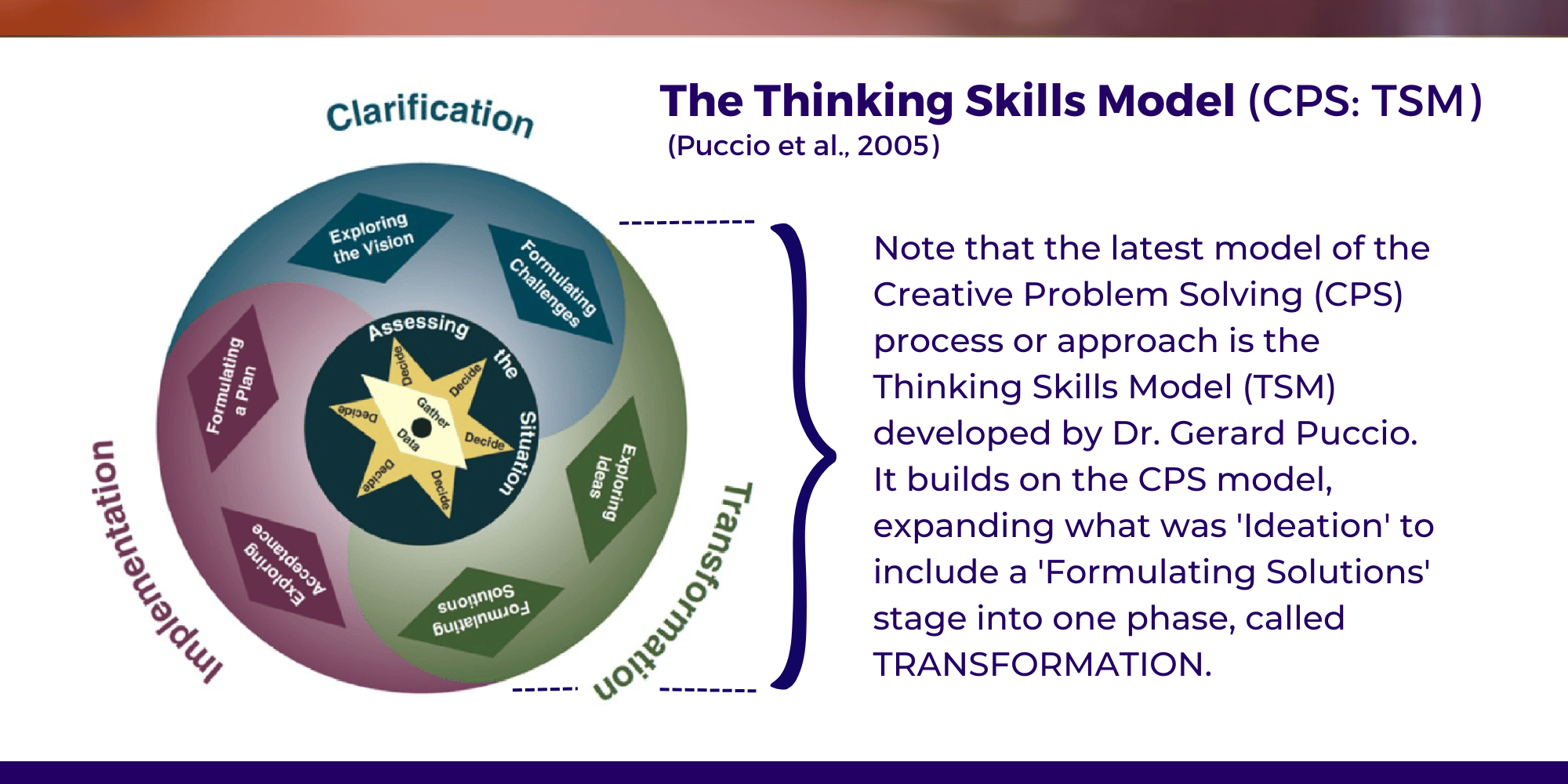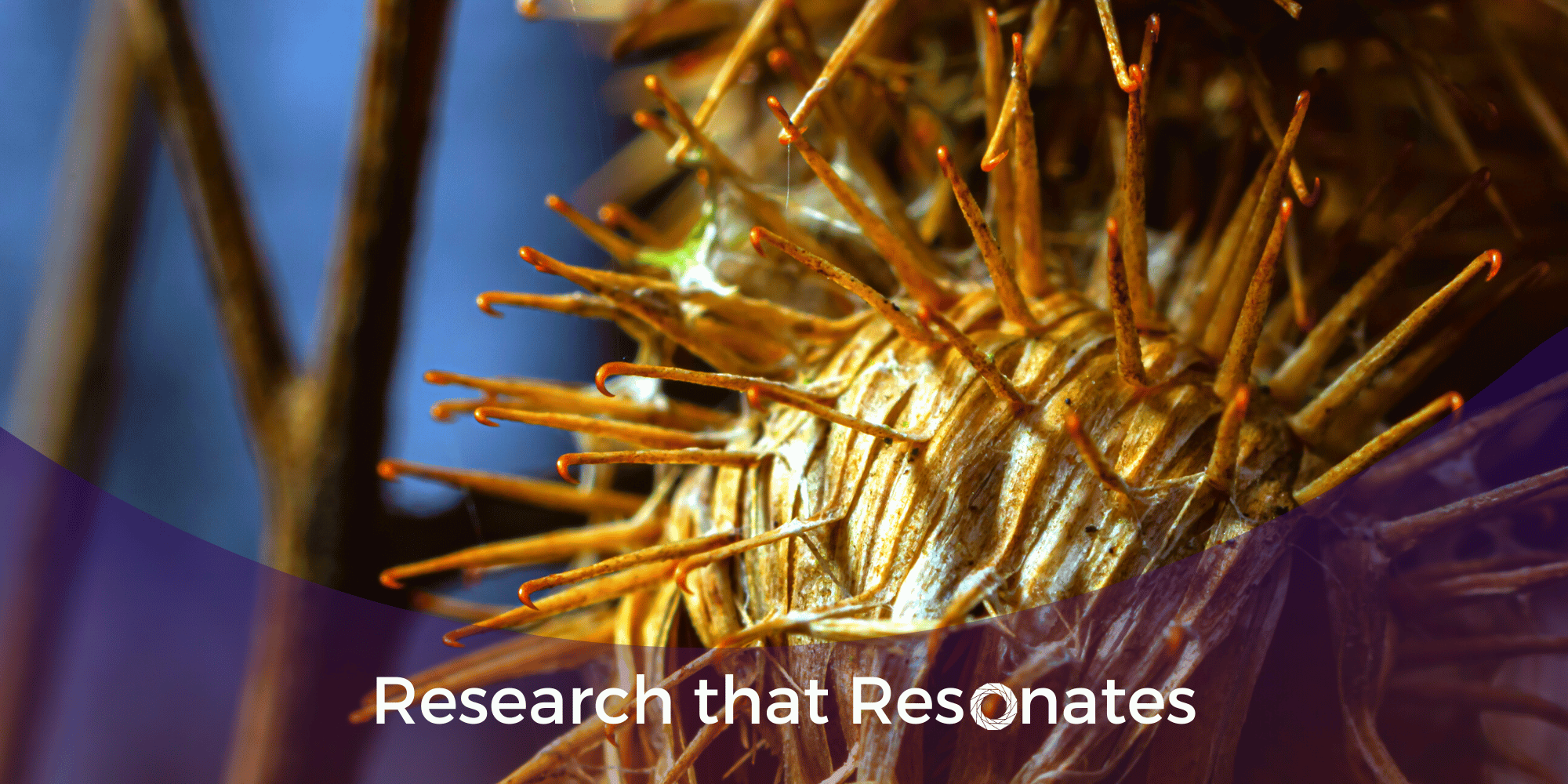Resonance continues to bring together sustainability leaders from across global companies to discuss their greatest challenges related to ESG, biodiversity, regenerative ag, climate, waste reduction, and circularity, among other critical considerations and initiatives.
As part of our Sustainable Impact Exchange, this series of roundtables also gives leaders opportunities to discuss solutions they see as critical to roadmap implementation and goal attainment.
Our upcoming September roundtable will focus on circularity, including discussions of plastics and packaging, and we are eager to learn more about what companies are grappling with, and more importantly developing or doing in terms of solutions, in this space.
We emphasize the latter because so often, we learn via case studies, articles, and conferences about specific challenges and solutions (which are incredibly valuable); however, there is often a lack of detail on the processes that teams utilized to get there (or the dynamics). This is often because there is no dedicated person tasked with documenting the process as it progresses -- a missed opportunity for transferable best practices in solutions development and even change management. The robust conversations at our roundtables often include these additional nuances, and sustainability leaders learn from one another.
That is why the scholarly article, “Training for Sustainability through Biomimicry and Creative Problem-Solving Processes” (Mejía-Villa, et al., 2023), seemed timely as our latest installment of “Research that Resonates.” This series in our published Insights reports on research, theories, and discussions critical to our work, and the work of our clients, that often sits behind a scholarly paywall.
Sustainable Design Strategies (SDS) Rely on Creativity, Systems Thinking, and Eco-Innovation
We should state up front: this featured article is focused on approaches to aid in higher education learning around developing Sustainable Design Strategies (SDS) (products, services, solutions) with students pursuing sustainable development as part of their degree programs. And if you see that in the introduction as someone working in the “real world,” you might think it has no transferable value and stop reading. But it does (which is why we are reporting on it).
The article is written by current and former academics whose collective work is immersed in industrial and organizational innovation, creativity, and systems approaches to solution(s)-finding. Professional connection and co-author Dr. John Cabra has written numerous articles, facilitated workshops and initiatives, and authored the book, Organizational Creativity: A Practical Guide for Innovators & Entrepreneurs.
His latest collaboration in this highlighted article focuses on the ways in which integrating biomimicry into the Creative Problem Solving (CPS) approach can be an onramp for designing nature-inspired solutions to tackle complex human challenges.
Let’s break this down a bit:
What is Biomimicry?
Biomimicry is the science of applying nature-inspired designs in human engineering and invention to solve human problems. It is a way of putting nature's lessons into practice.
For example, we have airplanes and jets because of biomimicry; specifically, an early flying machine was conceived from the inspiration of birds and owls in flight. The authors highlight Siemens Gamesa as an example, as the organization’s cylindrical buildings imitate a tuna's blood reflux system to retain heat in cold waters. The building's meeting rooms and offices are strategically located in the central area for higher occupancy, while open workspaces are situated in the outer area where heat demand is lower.
According to the authors of this article, biomimicry has attracted considerable attention in design, architecture, and engineering; however, its potential in management practices remains largely unexplored (though they cite a few articles related to sustainability and innovation).
Note the authors, “Consequently, while there are numerous examples of bioinspiration, only a limited number provide reproducible, step-by-step proposals within academic literature for effectively addressing sustainability challenges through nature-based design.”
What is the Creative Problem Solving (CPS) Model?
There is a vast body of mainstream work and practice in creative problem solving and innovation, including an array of tools (we have profiled several like the Ladder of Abstraction; de Bono’s Six Thinking Hats, and FourSight Innovation/Change Management Tool). The Creative Problem Solving (CPS) Model is just one approach of many and is considered among the oldest and most foundational (i.e., inspired others).
The CPS approach was birthed by advertising exec Alex F. Osborn (the “O” in the now creative giant BBDO agency), who was one of the first – if not the first – to write about the practical application of brainstorming and creative problem-solving (CPS). Sidney Parnes, co-founder of what is today the Center for Applied Imagination, partnered with Osborn in the 1950s, and together they developed the Osborn-Parnes Creative Problem-Solving Model, based on Osborn's brainstorming techniques.
Although the evolution of this model is interesting enough for another article (there are now 10 iterations or more!), the CPS process most aligned with our own work consists of four interlocking phases (though onramps can happen at each phase), with specific steps in each (see the figure below):%20Framework.png?width=2000&height=1000&name=Creative%20Problem%20Solving%20(CPS)%20Framework.png)
These phases include:
- Explore and Clarify the Challenge
- Ideation
- Developing Solutions
- Implementation & Garnering Acceptance
The authors utilized for their purposes the latest model refined by Dr. Gerard Puccio (the Thinking Skills Model (TSM), 2005; 2011), which expands what was what ‘Idea Finding’ or ‘Ideation’ to include a ‘Formulating Solutions’ stage into one phase, called ‘Transformation’ (see Figure 2 below):
This model includes 7 steps and aligned skillsets (both thinking skills and affective skills) in each required to facilitate or move the process along. In accordance with what is known about creative thinking and its cognitive process, each of these steps encompass two significant aspects: divergent thinking, which fosters a wide exploration of original and diverse (even out of the box!) alternatives, and convergent thinking, which facilitates focused, affirmative evaluations of alternatives (Puccio et al., 2011, p. 56).
Incorporating Biomimicry in the CPS Process to Yield Sustainable Designs/Solutions
Now that you have a brief background, how does biomimicry come together with the CPS-TSM process to yield nature-inspired, sustainable design solutions (SDS) and sustainability strategies?
In what the authors describe as a CPS-SDS “mashup,” student teams were given the task of designing a sustainable backpack using biomimicry within a CPS process (they were introduced to CPS prior). Again, you are wondering, a backpack? How does this begin to apply to my work in ________ (global development, sustainability, ESG)? Hang with us on this.
The backpack is a product. A design. And we are not all engaged in creating sustainable products. But there is transferable value in examining this mashup process for its potential in the generation of all types of solutions. Like removing plastics from marine environments, or empowering women in agricultural production in global supply chains, or generating solutions through open innovation competitions to address transnational corruption around the mining and procurement of green minerals (some of our current work as examples).
Here's how the mashup worked, and what the researchers discovered:
- Centering Biomimicry
The student teams were already exposed to the CPS process and trained in its use. In addition, they were also engaged in learning around Circular Economy (CE) principles, SDS, eco-innovation, sustainability, and biomimicry. They brought this exposure and learning to CPS, centering of biomimicry requirements/considerations throughout the process. Nature provides us with lessons in design (like petals on a flower); however, nature is also about systems, often interconnected (like photosynthesis). Thus, centering Nature as the teacher in ideation and solutions development (transformation) has endless possibilities and requires deep and creative thinking.
- Employing Divergent/Convergent Thinking Tools
Per their training, teams employed several divergent and convergent thinking tools throughout the CPS process. The teams also conducted what we would call in our global development and sustainable impact work “bench research” and “capture,” to better clarify the challenge and the needs of those the solution would serve during the first phase of the process.
- Documenting the “Mashup” Creative Problem Solving (CPS) Process
The researchers used a unique approach to monitoring the process of team-based creative problem solving, which may seem intensively academic. Each team’s process was captured in video, the evaluation of which included a “sense-making approach” involving the interpretation/reinterpretation of events placed in context (and situational factors), from which meaning is derived. It also allows for the factoring of independent variables that might influence creative and innovative processes, ideally more valuable than simply examining the outcomes in isolation. In other words, how did teams arrive at these solutions? This approach could be used easily in private sector organizations and partnerships to tackle that oft missing “documentation” task that can aid in not only facilitating change management, as well as solutions and best practice transference.
Findings Regarding the Mashup CPS Process and Solutions
The researchers documented several interesting findings that could benefit the integration of biomimicry in solutions-finding for real-world, complex sustainability challenges.
First, most teams began their brainstorming sessions drawing inspiration from the pain points experienced by backpackers. In other words, there was attentiveness to functional considerations. This included ideas around freshwater storage, protecting items, and addressing space constraints. Teams were also tasked with envisioning their “dream backpack” (envisioning aids in generating divergent ideas) – proposing an exciting future vision for their solution.
Next, after prioritizing functionality, sustainability and nature-based considerations made their way into the ideation/solutions-finding transformation stage, which was earlier in the process than the researchers had expected. In other words, this finding highlights the significance of emphasizing the potential of nature to inspire solutions and impart lessons on circularity and sustainable design early in the process. Moreover, note the authors, this finding suggests that nature-based design processes were utilized “coincidentally or to explore alternative solutions once traditional ideas had been exhausted.”
Finally, the study found that although many researchers and scholars suggest a biologist is needed to influence the effectiveness of biomimicry, the teams participating in this study could rely on the basics they learned in school to integrate nature-based considerations into ideation and solutions development as part of the CPS approach. Although many teams in the end emphasized functionality in their designs, there was still an integration of
How Might Biomimicry Apply to Creative Problem Solving and Sustainability Solutions?
The study did determine that teams still prioritized functionality in their final designs and solutions when factoring in limited resources, manufacturing requirements and constraints, and marketability; however, analysis of the videos and participant journey maps did suggest that that designing nature-based products and solutions through the CPS approach “could foster sustainability awareness” that can be carried forward and applied.
What this suggests for our work is that integration of nature-based considerations early in the process of ideation/transformation may help teams and organizations integrate sustainability when building the business case for potential solutions, particularly when long-term, rather than short-term return on investment, is prioritized. This also suggests an emphasis on process facilitation is requisite, as is exposure to the sometimes more innovative approaches involving circularity principles, SDS, and eco-innovation.
Additional Resources
For more than 60 years, the Center for Applied Imagination from the State University of New York, Buffalo State University, has researched and taught the CPS process. As a result, CPS is the most studied and validated cognitively based deliberate process in creative thinking (Puccio et al., 2006).
The Biomimicry Institute unites a global network of educators, innovators, changemakers, scientists, and others passionate about solving environmental and social challenges through nature-inspired design and sustainable solutions.



